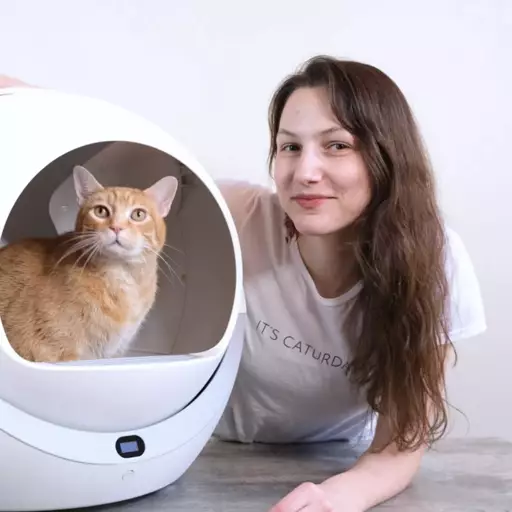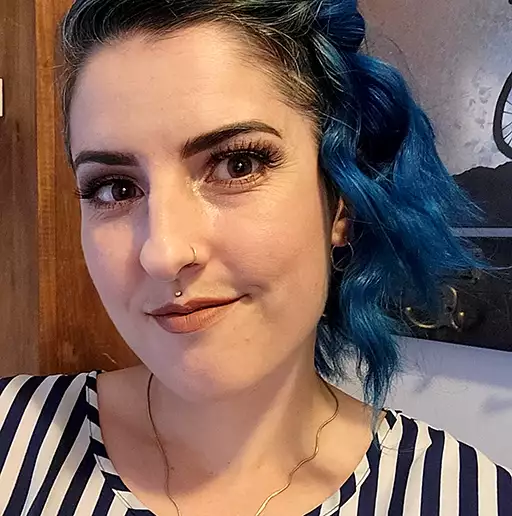How to Brush your Long (or Short) Haired Cat: Our 2024 Guide
Quick Guide
Cats are fastidiously clean – spending hours each day grooming themselves. In the most part, they are able to keep their coats in good condition without any extra input from ourselves. They are incredibly flexible, using their rough abrasive tongues to remove loose hair and dirt.
However, over the years we have bred cats to come in a wide variety of breeds, many of which have long coats. Although they are still able to molt, these types of cats often need a bit of an extra helping hand when it comes to grooming. Brushing helps to prevent the coat becoming matted and keeps it looking the picture of health. If left just to your cat, they may struggle; they are also prone to ingesting the loose hair which can cause excessive hairballs or become impacted in the digestive system.
Not only does grooming your cat help keep their coat matt free, it has other benefits too. You can help prevent hairballs from occurring as you are removing most of the loose hair. Grooming can also improve muscle tone and enhance the shine on your cats coat as it stimulates the production of oils from the skin, which are essential for waterproofing.
What cats need help with grooming?
Fancy breeds of cats can have long thick hair, with the Persian being a prime example. They are unable to keep themselves free of matts, and this is especially true of the Persian as they also have flat faces which inhibits grooming. Other breeds that will need an extra helping hand include the Maine Coon, Norwegian Forest and the Turkish Van. Not all long haired cats will need grooming every day (the Persian is the exception here) but most will need a brush either every other day or at least once a week. Remember, it is best not to take on a cat with a long thick coat if you cannot dedicate the time to grooming it.
Getting them used to being groomed
When grooming long or short haired cats the best thing to do is to acclimatize them to being brushed from a young age. Start slowly and build up the time you spend grooming gradually; rewarding them when they behave. Some cats may view the brush as a toy – patience is a must when you start! One major plus point of getting your cat used to being groomed is that it can help make veterinary check-ups a more pleasant and stress free experience as your cat is used to being handled so much.
Grooming long haired cats
The ideal tool to remove matts from a long haired cat is a wire comb. Like you would in your own hair, tease out any matts gently a little bit at a time. If the coat is exceptionally matted and/or has been neglected for a long time, you may need to cut out very bad matts; however be very careful when you do this as a cat can easily move and you can nick the skin. Once you have given them a good brush with a suitable comb, use a grooming mitt to remove any lose hair left on the coat.
Ideally you would want to give your cat a quick brush once a day to keep on top of their coat’s condition. However always try and groom your cat when they are in a relaxed mood; if they do not tolerate it well do a little bit at a time. When grooming long haired cats pay attention to their armpits and between their back legs, these areas are especially prone to matting.
Grooming short haired cats
Short haired cats can need occasional help with grooming if they are ill or old and unable to do it themselves. However, a once a week brush of your cat, no matter what their age, will be useful to keep an eye on their general health. You will not need to use a comb – use a soft bristle brush and then a grooming mitt to remove the dead hair. Brush in the same direction that the fur is growing, i.e. from the head to the tail end.
Additional considerations
Grooming your cat is an ideal time to give them a quick health check; looking out for any lumps and bumps in addition to keeping an eye out for fleas. Just remember that you will rarely, if ever, need to bathe your cat as they will find this distressing. Only bathe your cat if they have covered themselves in a substance that needs to be removed immediately and your vet has advised that this is the best course of action.
Grooming your cat is essential in long haired breeds to keep the coat matt free, yet it is also highly beneficial in short haired cats too. Get them used to it while they are young if you can and try and keep it a positive experience if possible.










